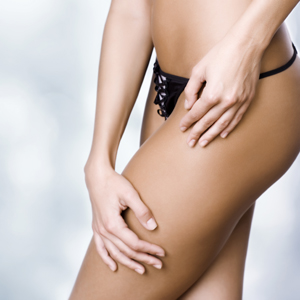Dry
brushing is the manual use of a firm, natural bristle brush. The technique may
be used on dry skin at home, or in the spa environment, before massage and body
treatments. Recognised for numerous health benefits, the treatment is invigorating,
stimulating and detoxifying.
What are
the Benefits of Dry Brushing?
Detoxification,
skin exfoliation, increased lymphatic flow and increased energy are just some
of the benefits of dry body brushing. Some even claim the technique helps break
up fatty deposits and digestive problems, while many acne sufferers report that
the overall detox effect improves skin issues.
How
Exactly Does it Help with Detoxification?
Stagnant
lymph needs to be moved, and dry body brushing prompts the cells to release
toxic deposits into the lymph while simultaneously cleansing the lymph itself.
To spell it out, blood plasma containing waste is transported into the lymph
vessels, where it is carried to lymph nodes. Here, macrophages and lymphocytes
deal with unwanted bacteria and toxins, and the cleansed fluid is then returned
to the blood supply. Our bodies contain far more lymph than blood, yet the
lymph is dependent upon outside forces for its circulation around the body –
lymph has no heart to pump it. Therefore, it is prone to being sluggish. One
example of this is cellulite, which is formed by stagnant, toxic waste that
gets stored between the tissues, breaking down connective tissue.
What's
the Right Technique?
·
Dry
brushing may cause a slight purging of toxins from the sweat glands, so light
pressure is recommended to avoid the stimulation of blood flow (which can
sensitise skin). It’s best to brush in long upward strokes, and be sure to
follow with the palm of your hand to soothe the skin.
Follow
these steps:
- · Start at the toes, working up the foot in light, sweeping one directional movements, following the brush with one hand to the popliteal lymphatic node behind the knee
- · Move up to the back of the thigh, working in long strokes out towards the buttocks
- · Repeat on the other leg
- · Brush lightly on stomach from waist to navel on alternate sides. Then brush across the chest and around the breasts
- · Brush the front of the arms in long strokes towards the auxillary lymphatic node, situated under the arm
- · Jump in the shower
- · Apply your favourite essential oil blend, treatment products or body moisturiser.
Dry
brushing takes just a few minutes and is best done in the morning, as it wakes
and warms you.
How Often Should One Dry Brush?
Daily
before showering.
Is There Anything Specific to
Look for in a Proper Brush?
Look for
hard bristles, not soft nylon. Cactus or vegetable-derived bristles are
preferred and are commonly used. A firm bristle is ideal or the technique
doesn’t work, as you need to be able to stimulate lymph flow. Care for your
brush by spraying it with pure Tea Tree Oil before using, and soak it in an
antibacterial wash and hot water to keep it hygienically clean. Find a brush
with a detachable handle for reaching your back and a strap to keep it
comfortably in the palm of your hand.



No comments:
Post a Comment